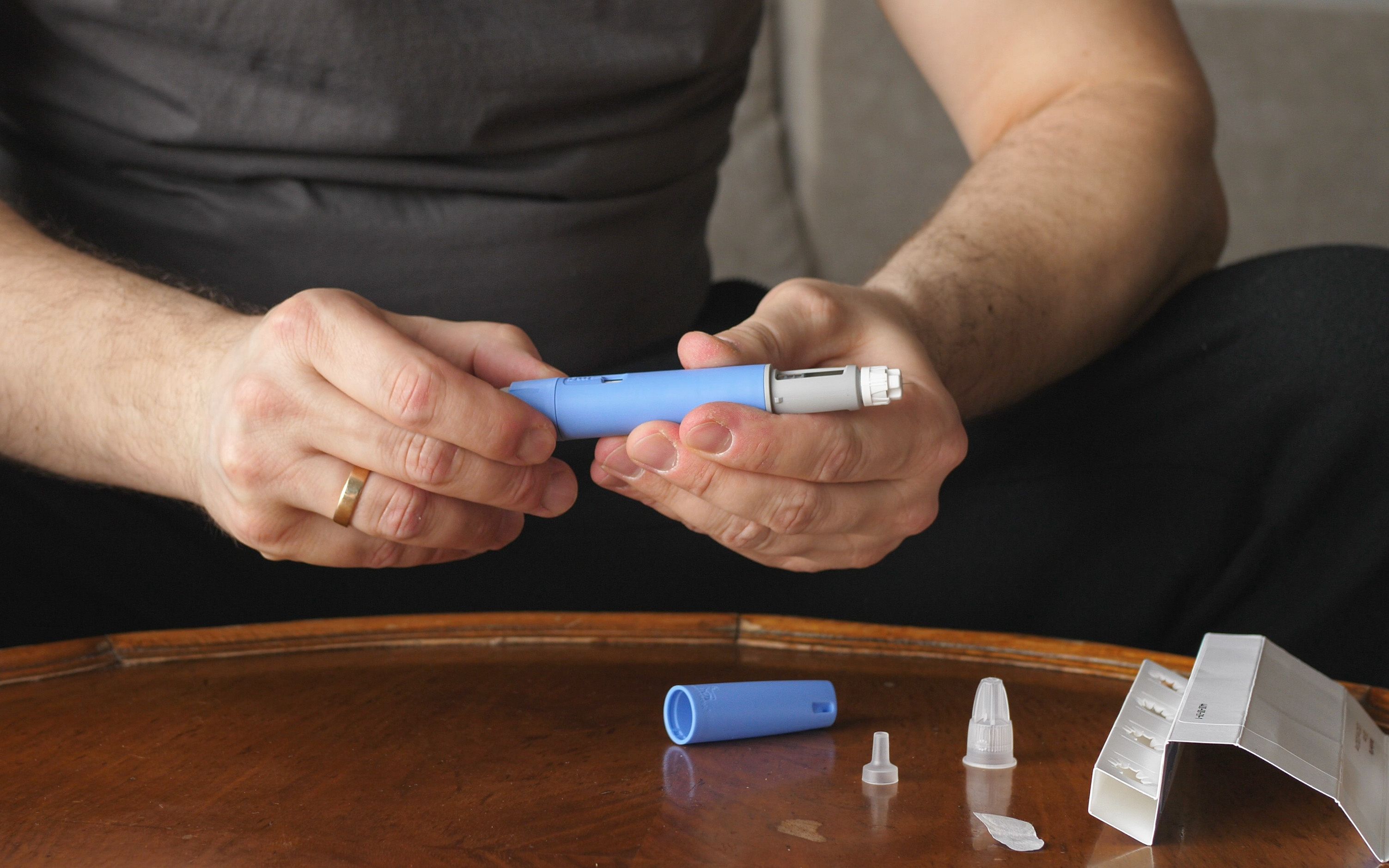- Case-Based Roundtable
- General Dermatology
- Eczema
- Chronic Hand Eczema
- Alopecia
- Aesthetics
- Vitiligo
- COVID-19
- Actinic Keratosis
- Precision Medicine and Biologics
- Rare Disease
- Wound Care
- Rosacea
- Psoriasis
- Psoriatic Arthritis
- Atopic Dermatitis
- Melasma
- NP and PA
- Skin Cancer
- Hidradenitis Suppurativa
- Drug Watch
- Pigmentary Disorders
- Acne
- Pediatric Dermatology
- Practice Management
- Prurigo Nodularis
- Buy-and-Bill
Article
Juvederm approval broadens filler options
Irvine, Calif. - The Food and Drug Administration 's approval of the Juvederm gel (hyaluronic acid/HA, Allergan) product family could threaten Restylane's (Medicis) dominance of the dermal filler category while expanding the facial aesthetic marketplace, sources tell Dermatology Times.

"With the addition of a product with the unique attributes of Juvederm, we intend to build upon our leadership position in the facial aesthetic marketplace," says Caroline Van Hove, spokeswoman for Allergan, which secured rights to the filler by acquiring aesthetic rival Inamed in a deal that closed earlier this year.

Going forward, Restylane's 40 percent share of the filler market - and perhaps a larger portion - will begin splintering among multiple products indicated for different facial areas, says Jose Haresco, Ph.D., senior analyst with Merriman Curhan Ford's healthcare group. Examples include Restylane FineLines for use around the eyes and SubQ and Perlane (all marketed by Medicis) for the cheeks and chin, he says.
With its multiple products and applications, Dr. Haresco says, "Juvederm fits into that paradigm, which is why Juvederm is such a threat to Restylane," whose follow-up products are not yet FDA-approved.
Accordingly, he says Juvederm, which likely will be available later this year, will break up Restylane's near-monopoly while allowing physicians to use dermal fillers in areas they previously couldn't, such as the eyes.
Bundled pricing expectations
Because observers expect Allergan to offer bundled pricing for Botox and Juvederm, Dr. Haresco adds, "We're not too positive on the outlook for Medicis over the next two years."
If such pricing allows physicians' margins on Botox to rise from their current 60 percent level to 75 percent, he says, "That really matters to doctors. At the end of the day, what's been really hurting physicians is the margins."
Juvederm 'formidable competitor'
With its potentially superior data, Juvederm "should be a formidable competitor to Restylane," says John Calcagnini, senior medical device analyst with CIBC World Markets Corp. While it's too early to say for sure, he estimates Juvederm potentially could capture 50 percent of the dermal filler market.
Juvederm's approval is "fantastic" news, says Jean D. Carruthers, M.D., clinical professor of ophthalmology at the University of British Columbia. Although the product has been available in Canada for about five years, she says, "It has never really caught on in Canada the way Restylane did," perhaps because Inamed was more focused on breast implants.
"It's going to be very interesting to see how Juvederm does now that there's a focus on marketing it and educating physicians about it," Dr. Carruthers adds.
Juvederm officially entered the Allergan fold in March, when the Federal Trade Commission approved Allergan's approximately $3.4 billion buyout of Inamed. Along the way, Allergan outbid rival Medicis, which had offered approximately $2.6 billion for the company.
Inamed, furthermore, returned rights to Reloxin (botulinum toxin A) to its developer, Ipsen, to satisfy FTC concerns. In late March, Medicis announced that it had reached a $194 million agreement with Ipsen to market Reloxin (known as Dysport overseas) in the United States, Canada and Japan.





